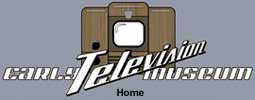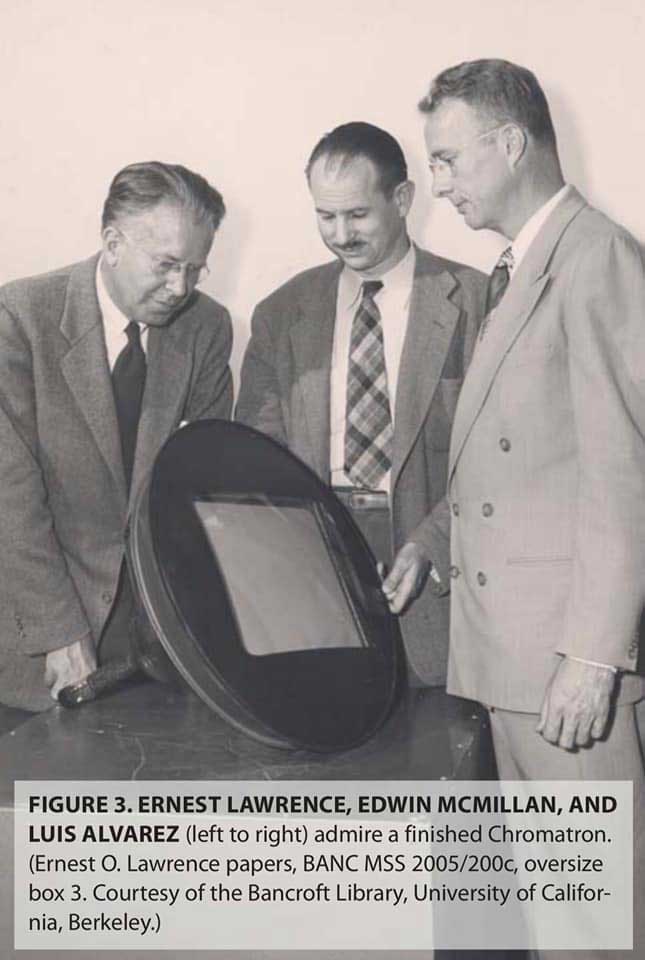Early Color Television Chromatron Color CRTIn 1951 Dr. Ernest O. Lawrence of the University of California proposed a single gun color CRT using vertical stripes of red, blue and green on the screen. Behind these stripes were vertical wires which could be charged with electrical energy to deflect the electron beam to each of the stripes, thereby creating a color picture. Chromatic Television Laboratories built prototype tubes in 1952 and 1953. However, very high power RF (around 50 watts) had to be applied to the deflecting wires, and radiation from the tube interefered with the operation of the TV receiver.
In 1953 the tube was used in receivers to view the coronation of Queen Elizabeth II. |

